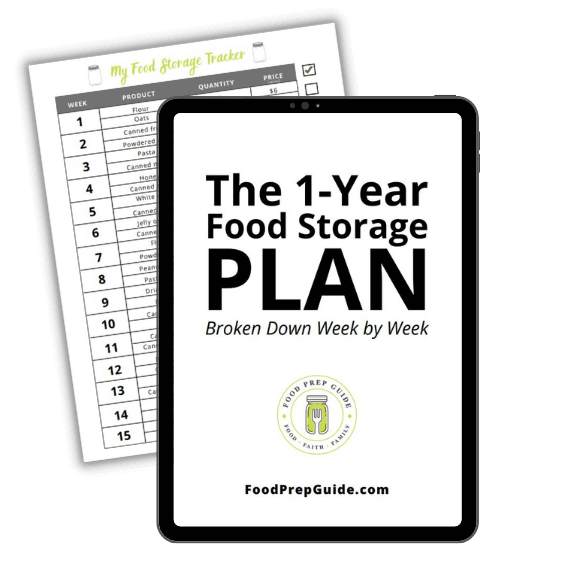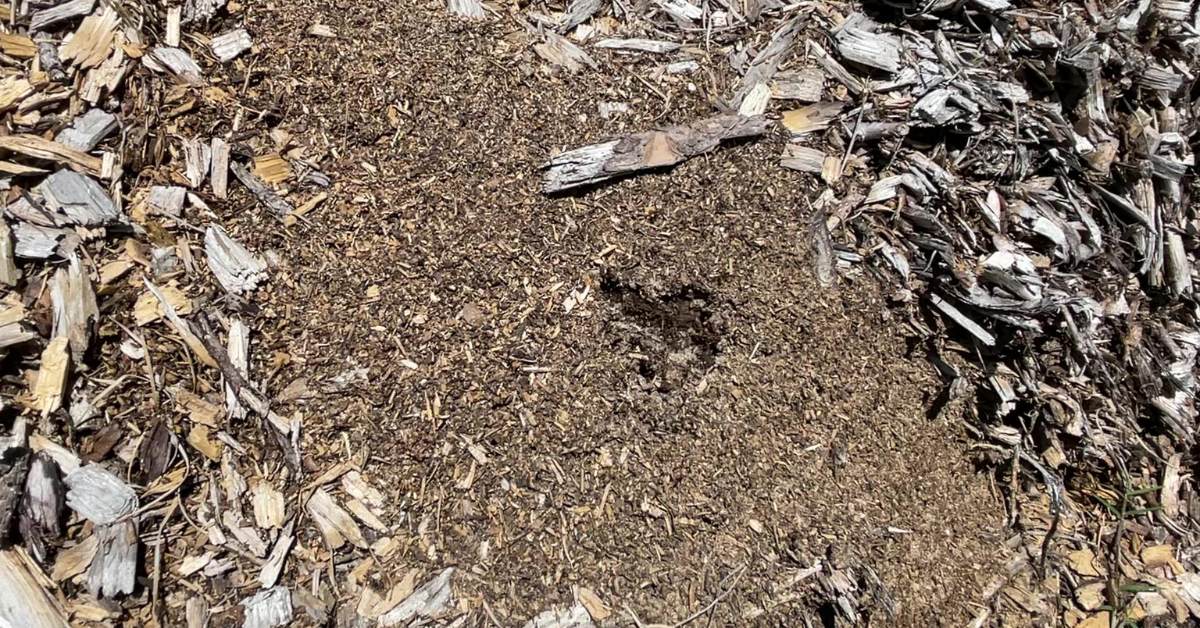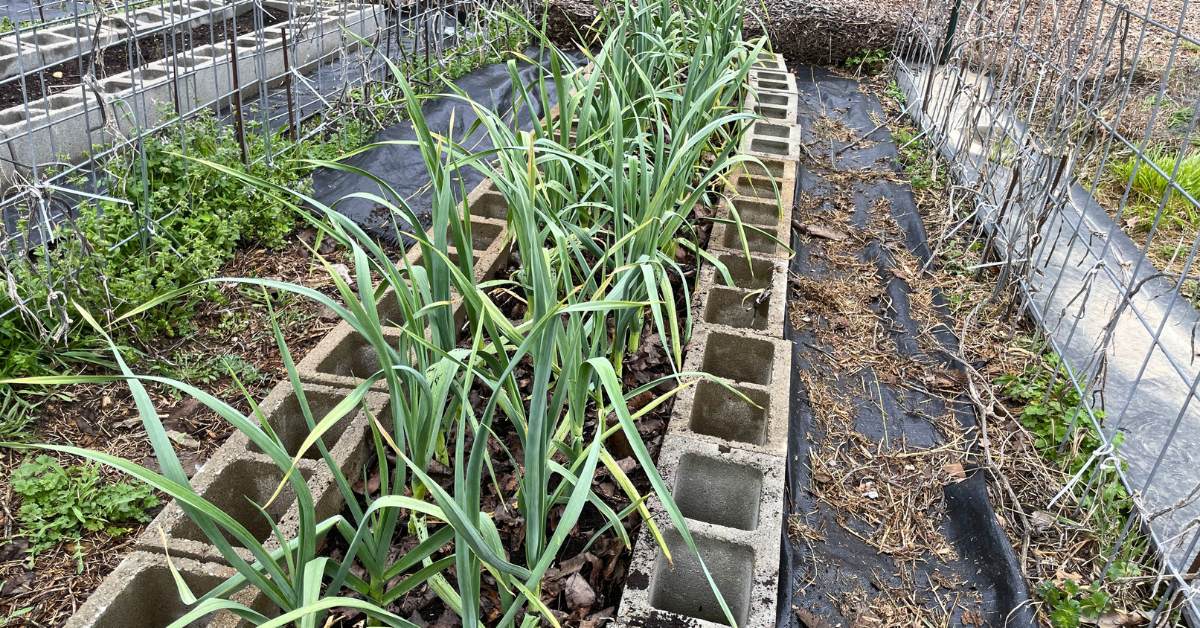When you first start canning, you’ll notice that recipes call for “canning salt.”
And that’s when the questions hit:
- What is canning salt?
- Do I really need it?
- Uh oh. I used table salt. Is my food ruined?
- Is canning salt the same pickling salt?
Some answers are a simple yes or no, but others require more explanation.
Let’s chat about it!
The Primary Differences Between Table Salt and Canning Salt
The main difference between table salt and canning salt involves additives.
Table salt typically contains additives like iodine, dextrose, and anti-caking agents to prevent clumping. Iodine is added to prevent iodine deficiency, while dextrose stabilizes the iodine.
Anti-caking agents, like calcium silicate or potassium iodide, help keep the salt flowing freely.
On the other hand, canning salt is pure, additive-free, and doesn’t contain iodine or anti-caking agents.
(By the way, canning salt is also referred to as pickling salt. They’re the same thing.)
Next, let’s compare the granules. Some table salts have larger granules than canning salt. Salt used for canning should be very fine so it dissolves easily in your recipes.
For the most part, it’s simply the additives in typical table salt that you want to avoid when canning.
Why You Don’t Want to Use Regular Table Salt in Your Canning
First and foremost, the additives in table salt can lead to undesirable outcomes in your canned goods—such as discoloration or a cloudy brine.
Moreover, while the main purpose of salt in canning is to enhance flavor, it also plays a vital role in some preservation methods, especially in the case of fermented foods. The use of table salt can disrupt the fermentation process due to the presence of additives, whereas canning salt ensures proper preservation.
Lastly, using canning salt in your pickling and preserving recipes will ensure a better shelf life for your canned goods. The absence of additives and anti-caking agents in canning salt promotes the longevity of the preserved food, keeping them delicious and safe to eat for an extended period of time.
Comparing Different Types of Salts That You Can Use for Canning
To answer the question:
Do I really need canning salt?
The answer is no—you don’t need the special salt marketed as “canning” or “pickling” salt, but you DO need a pure salt.
However, we have a few options here.
Let’s discuss the different types of salts that you can use for canning, including sea salt, pickling salt, Himalayan salt, and Redmond’s Real Salt.
Sea Salt
Sea salt, both fine and coarse, is derived from the evaporation of seawater and contains various minerals, which can contribute to its unique taste and color.
It is a fine option for canning, but you’ll want to avoid the coarser (or larger) granules and opt for fine-ground instead.
Prices pulled from the Amazon Product Advertising API on:
Product prices and availability are accurate as of the date/time indicated and are subject to change. Any price and availability information displayed on [relevant Amazon Site(s), as applicable] at the time of purchase will apply to the purchase of this product.
When using sea salt for canning, make sure it does not contain any anti-caking agents.
Pickling Salt
Of course, you can certainly use salt marketed specifically for canning, also known as pickling salt.
Prices pulled from the Amazon Product Advertising API on:
Product prices and availability are accurate as of the date/time indicated and are subject to change. Any price and availability information displayed on [relevant Amazon Site(s), as applicable] at the time of purchase will apply to the purchase of this product.
It dissolves easily in brines and does not cloud the liquid, making it an ideal choice for pickling and canning recipes. The fine granulation of pickling salt also ensures even distribution of salt throughout your canned products, contributing to consistent flavor and texture.
Himalayan Salt
Himalayan salt is another great option for canning due to its unique characteristics. Sourced from the Himalayan Mountains, this salt is rich in minerals, providing a distinct taste to your canned goods.
Prices pulled from the Amazon Product Advertising API on:
Product prices and availability are accurate as of the date/time indicated and are subject to change. Any price and availability information displayed on [relevant Amazon Site(s), as applicable] at the time of purchase will apply to the purchase of this product.
Like sea salt, Himalayan salt comes in fine and coarse variations, with fine Himalayan salt being a better option for canning purposes.
Redmond’s Real Salt
Redmond’s Real Salt, harvested from an ancient sea bed in Utah, is another natural option for canning. It, too, contains a wide range of minerals.
Thankfully, it is additive-free as well!
Prices pulled from the Amazon Product Advertising API on:
Product prices and availability are accurate as of the date/time indicated and are subject to change. Any price and availability information displayed on [relevant Amazon Site(s), as applicable] at the time of purchase will apply to the purchase of this product.
Storage and Usage Tips
First, let’s talk about the importance of airtight containers. To maintain the purest form of salt, store both canning and table salts in airtight, sealed containers.
This will keep moisture, dust, and other impurities from contaminating your salt, ensuring that it remains in its most effective and flavorful state.
FREE FOOD STORAGE PLAN!

Does gathering and storing a year’s worth of food for your family seem overwhelming and unachievable?
Make it easy with our step-by-step plan. Subscribe to our weekly newsletter & we’ll send it to you FREE!
We have an in-depth guide to storing salt if you’d like more information.
Bear in mind that salt is a natural preservative. This means it can store long-term for many years without anything special done to it.
Do not vacuum salt as it will harden and clump together.
Moisture is the #1 enemy of salt storage, so store your airtight container in a dry place.
By following these storage and usage tips, you can ensure that your canning and table salts remain fresh and ready for all your home food preservation projects!













